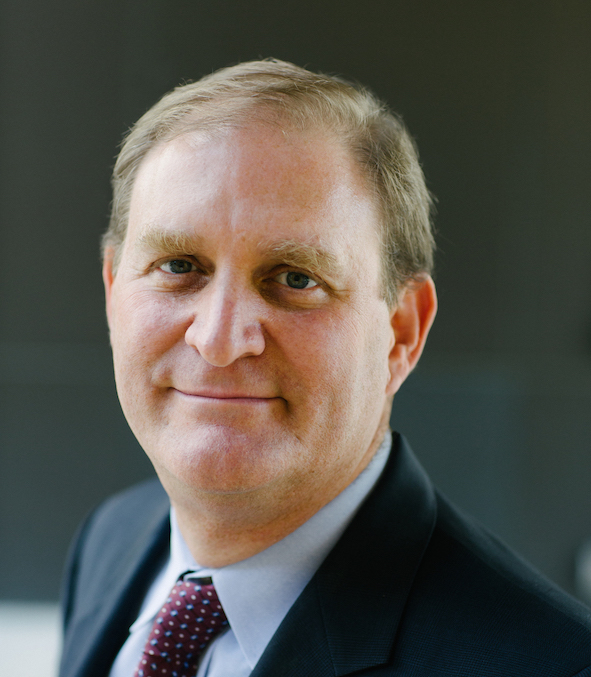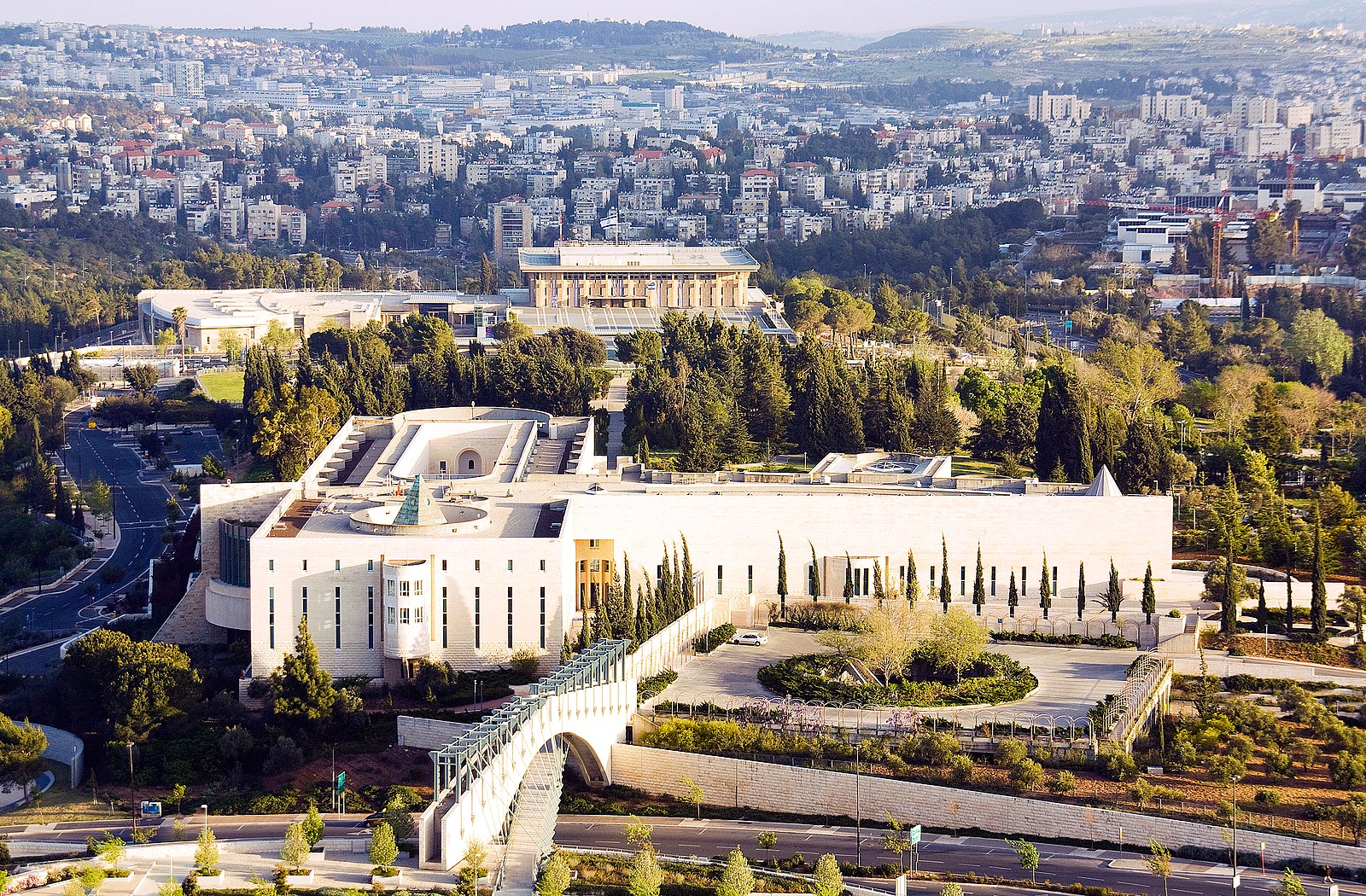Healthy Elections Project Releases 2020 Research Compendium
Stanford-MIT Healthy Elections Project released its research compendium concerning the 2020 election and the coronavirus pandemic.
Published by The Lawfare Institute
in Cooperation With

Editor's note: Below is the preface and executive summary of the research compendium.
The first COVID-19-related death in the United States was announced on February 29, 2020, the day of the South Carolina primary. International news about the early spread of the coronavirus and the initial reaction from American public health professionals to its quick spread in this country made it clear that the presidential election was facing an existential threat. Election officials who held primaries in early- and mid-March found themselves increasingly making public health decisions to guard both their voters and their staff. The larger societal challenges quickly overwhelmed the ability of states to hold primaries at all, leading to hastily canceled and postponed elections. The one early primary that was not postponed, Wisconsin, provided cautionary tales in the form of closed polling places, poll worker shortages, and massive transitions to mail balloting.
This legal, social, and public health turmoil prompted lawyers and interest-group advocates to marshall for a fight to secure the right to vote. As important as much of this work was, our instinct was that litigation would only go so far, if election officials did not have the tools, resources, and information they needed to administer healthy, secure, and well-run elections. What was missing, we thought, was a non-partisan evidence-based approach to election management during a pandemic.
Out of that ambition, the Stanford-MIT Healthy Elections Project was born. As the first cases of COVID-19 were being reported in late February, we had already been approached by the William and Flora Hewlett Foundation about creating a university-based effort to help provide the public with reliable information about the administrative challenges the nation would face in the upcoming election. Even before the pandemic hit, the 2020 election faced significant challenges from disinformation, polarization, and eroding confidence in democratic institutions. The pandemic exacerbated these problems and posed many new ones that election administrators had never confronted.
The two of us had worked together previously as part of the Presidential Commission on Election Administration (PCEA) in 2013. The last successful bipartisan effort on election reform, the PCEA dealt with a host of problems evident in the 2012 election, ranging from long polling place lines to election technology to natural disasters and voting. Pandemics were not on the agenda back then, but the Commission’s orientation toward providing practical solutions derived from the experience of local administrators provided a model for how we might approach the challenges that COVID-19 posed to the 2020 election.
No playbook existed at the beginning of 2020 describing how to convert the election infrastructure to deal with voting under conditions of social distance. The early attempts during the primary season yielded mixed results, and provided critical learning experiences. Therefore, the first thing we did was gather (and publish at www.healthyelections.org) all the information we could about the challenges and successes of those early primaries. We even looked elsewhere, to South Korea, which had successfully run its election in the spring.
At the same time as we began our research, a panoply of civil society organizations dedicated to voter information and engagement began reorienting themselves to deal with the pandemic. Established organizations, such as the Center for Technology and Civic Life, Center for Civic Design, Democracy Works, the Center for Election Innovation and Research, the Center for Equitable Elections, URI Votes, and the Bipartisan Policy Center, as well as a host of new entrants to the civic tech space, had begun to mobilize to respond to the needs of election officials. In addition, new consulting efforts of former election officials, such as the Elections Group, led by Jennifer Morrell and Noah Praetz, who had run elections in Arapahoe County, Colorado and Cook County, Illinois, respectively, provided much needed guidance to election officials and civil society groups alike. The Healthy Elections Project worked closely with these groups to provide funding and direct services to jurisdictions throughout the summer and fall of 2020.
One area of particular concern was poll worker recruitment. The primary election experience in Wisconsin, in which Milwaukee shuttered 97 percent of its polling places and the governor called out the National Guard to staff polling locations, provided an object lesson in how an election could meltdown if it were improperly staffed. Given that senior citizens made up the bulk of veteran poll workers, and they were most vulnerable to the virus, a new crop of poll workers needed to be recruited and trained in just a few short months.
The Healthy Elections Project worked with a number of organizations to assist in poll worker recruitment. First among them was PowerthePolls.org, which led an unprecedented, coordinated effort to sign up 700,000 volunteers and facilitate training around the country. In addition, groups such as Campus Compact and Students Learn Students Vote Coalition, worked with the Healthy Elections Project to mobilize students on campuses around the country. Several organizations of lawyers also worked to recruit poll workers from their ranks. During the primary season, with help from the Healthy Elections Project, the law firm of Hogan Lovells initiated an effort with the Association of Pro Bono Counsel to recruit lawyers in key states to serve as poll workers. The American Bar Association led a separate effort as well. Finally, the Healthy Elections Project was instrumental in leading Facebook to include a poll worker recruitment portal in its Voting Information Center. Through that portal, over 100,000 people signed up with their local election offices to become poll workers.
Poll worker recruitment was only one aspect of our work with Facebook. The Stanford Design School (D School) provided explanatory videos on a number of election administration issues that Facebook placed in its Voting Information Center. Former election officials, such as Jennifer Morrell and Tammy Patrick, who directed elections in Maricopa County, Arizona, produced videos explaining provisional ballots, mail ballot processing, ballot canvassing, recounts and related issues. These videos were often served by Facebook as an authoritative source to users alongside newsfeed content dealing with similar issues.
The D School’s work went far beyond providing content to Facebook. They created training videos for the Michigan Secretary of State, which demonstrated how to use the various voting machines deployed in that state during the 2020 election. They created signage for polling places and guides to assist with poll worker training, setting up safe polling places, and dealing with problems at the polls. All these tools were placed on a separate website, healthypolls.stanford.edu, and delivered to jurisdictions around the country.
One of the most important resources the Healthy Elections Project provided the public was our COVID-19 Election Litigation Tracker. The search tool, case summaries, issue tags, and litigation documents proved to be an invaluable resource for the media seeking to cover the hundreds of lawsuits that were filed before and after the election. Broadcast and cable news networks, as well as the nation’s leading newspapers, cited the Litigation Tracker when presenting data about the onslaught of election related lawsuits. In addition to the tracker itself, the Healthy Elections Project produced detailed analysis on topics, such as mail ballot litigation and postelection litigation, that became extremely important after Election Day, as the Trump campaign continued to challenge election results.
Public education and engagement were a large part of the Healthy Elections Project. In addition to the research assembled here and the nearly-100 memos published on the website, shorter versions of thirty-two memos were published on the popular blog, LawFare, to reach a larger audience. In addition, our op eds in the New York Times, Washington Post, Wall Street Journal, The Atlantic, Slate and a host of other publications drew attention to what we considered critical election administration issues in the run-up and aftermath of the 2020 election.
Through public education and direct services, the Stanford-MIT Healthy Elections Project achieved what it set out to do. For the 2020 election, it represented a unique effort lodged in two premier universities to produce research relevant to the crisis in election administration that the pandemic generated. Over 150 students helped produce over one thousand pages of original research. (For the initial research regarding the primaries, we also benefited from the assistance of a talented team of lawyers at Morrison & Foerster LLP.) We attempted to leverage that research into direct action that would assist local and state administrators faced with unprecedented challenges related to increased mail voting and safe polling place voting. What follows here is a compendium of research the Project produced, including updates to key pieces previously published, as well as explorations of new topics that became salient after Election Day.
Summary of Research
One of the challenges in assembling this volume is that the research produced by the Healthy Elections Project was, at times, organized chronologically, at others, geographically by state, and at still others, thematically by topic. Such was the nature of a project that attempted to chronicle the failures and successes of individual states over the course of the ten months preceding the election, while providing useful information on the emerging challenges the entire country would confront as the November general election approached. Although this means a healthy amount of duplication appears in this compendium, we hope that readers interested in particular sub-topics will more easily be able to navigate to the issues that interest them.
We reproduce as the introduction to this volume our article that appeared earlier in the Journal of Democracy, “The Miracle and Tragedy of the 2020 U.S. Election.” In it we describe the paradox of the 2020 election: namely, that the administration of the election was successful by any measure and beyond anyone’s expectation, but that, nevertheless, large swaths of the population believe that it was not free and fair. Republicans view the election as marred by fraud and dysfunction, especially in states that President Trump narrowly lost, and Democrats consider the election to be largely problem-free. By most objective measures, whether record turnout or other markers of election administrative success, the election infrastructure not only weathered the pandemic, but it also achieved new heights of participation, access, efficiency and security. However, the signals sent in the election’s aftermath, echoing those sent throughout the campaign, reverberated with Trump supporters who believed the election was stolen.
In Chapter 1, we synthesize the more than thirty memos we produced during the primary election season. The story told there is one of lessons learned and multiple baptisms by fire. In many respects, the United States was fortunate that the pandemic hit when it did. The primary elections, for all their problems, provided a training ground when best practices could be developed and the worst problems could later be avoided. States had varying degrees of success with their transition to vote-bymail. They also learned valuable lessons throughout the spring and summer about the challenges to recruiting poll workers and siting and maintaining healthy polling places.
Chapter 2 assembles our battleground state profiles. We focus on the presidential battleground states, not because they were the only ones experiencing significant challenges. Indeed, every state faced largely the same set of challenges, even if their institutions or electoral systems showed different levels of resiliency to the pandemic. We focus on the battleground states because meltdowns there would have threatened the legitimacy of the presidential election. The states we cover include Florida, Michigan, Nevada, North Carolina, Pennsylvania, Wisconsin, Arizona and Georgia (both the general election and the senate runoff elections).
Chapter 3 examines the many issues related to in-person voting. We include our research on the election administration supply chain, poll worker recruitment, early voting, polling place management, and election observer rules. Although we focus on management issues related to the pandemic, the challenges to the 2020 Election expanded well-beyond voting with social distance. As Election Day approached, genuine concerns emerged about voter intimidation and violence. We, therefore, added those topics to the range of issues concerning the successful adaptation of polling places and the in-person voting infrastructure to deal with the pandemic.
Chapter 4 presents the research from the Healthy Elections Project on all aspects of the mail voting experience. The shift to mail voting was the most significant administrative change for the pandemic, with nearly half of Americans voting by mail. This transition was also the most controversial innovation in election management, as President Trump cast doubt on the security of mail voting and alleged it was ripe for fraud. Throughout the late summer and early fall, new issues rose to prominence and demanded investigation. For example, we present here our research on ballot drop boxes, “naked ballots,” and issues regarding the U.S. Postal Service — topics that might not have seemed terribly relevant even in the early stages of the pandemic. We also provide our research on ballot collection (otherwise known as “harvesting”), signature verification, and mail voting litigation.
Chapter 5 presents our research on counting, recounting and litigating the vote. When we initiated the Healthy Elections Project, we had hoped our work would be complete by November 3. However, as is now well-known, the post-election period was as active as the pre-election period. In many of the court cases detailed in that section, the adaptations made to deal with the pandemic became the source of constitutional controversy. Not only was fraud (or rather “irregularities”) alleged in various states with respect to every aspect of the mail voting and in-person experience, but plaintiffs alleged that the state courts, secretaries of state, and local administrators violated the U.S. Constitution by going beyond the strict provisions of election statutes passed by legislatures. Although courts rejected virtually all of the seventy or so challenges brought in the post-election period, the litigation provided another forum to propagate misinformation about the security of the vote.
In Chapter 6, we provide some further examination of the problem of electionrelated misinformation and social media. This is just a small taste, however. Readers interested in those topics should also read the report, “The Long Fuse: Misinformation and the 2020 Election,” prepared by our sister project at Stanford, The Election Integrity Partnership (eipartnership.net). These concluding chapters to our volume provide brief descriptions of the tech platform civic information tools developed for this election (such as Facebook’s Voting Information Center described above) and a listing of statespecific election-related misinformation narratives that appeared online.



.jpg?sfvrsn=cb803a66_6)


